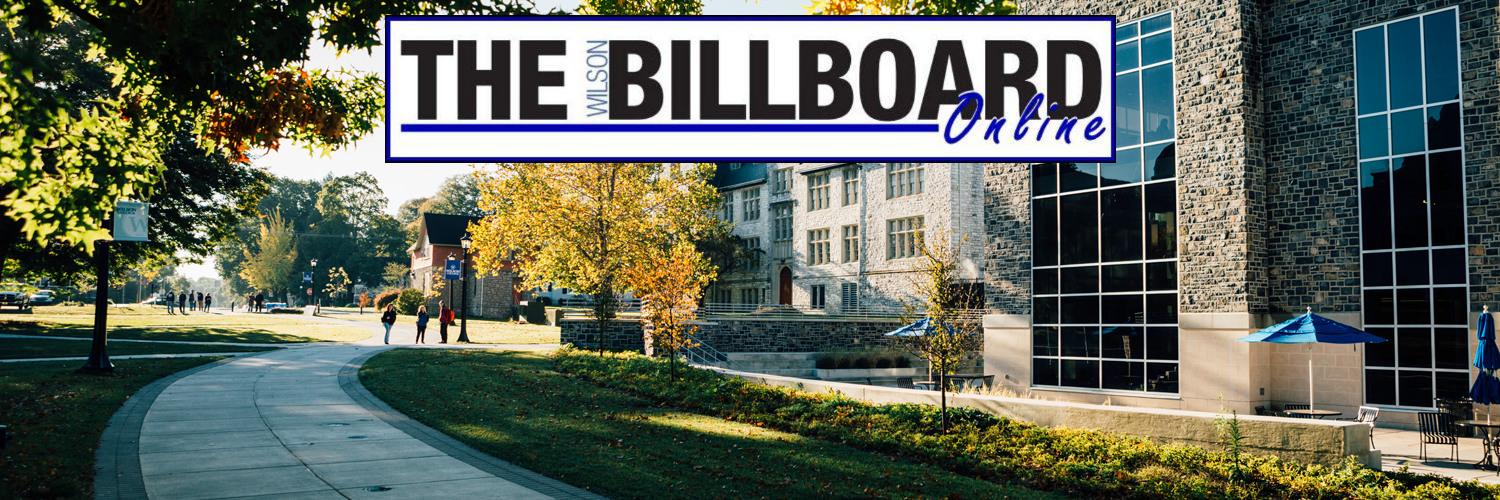Russian Social ‘Bots’ on the Rise
In Nov. 2017, the United States Congress held hearings to discuss how Russia used social media to interfere with the presidential election through computer “bots,” according to npr.org.
Since then, Russia has been increasing the use of “bots” in order to create tension amongst the United States and other countries.
Dan Kaminsky, co-founder of the cybersecurity firm White Ops, explained in an article covered by Eric Westervelt that Russian hackers are using these bots in order to create thousands of fake websites in which they have convinced web marketers to purchase video ads. Kaminsky goes on to discuss that many companies have fallen for this scam because the websites look legitimate and were thought to be viewed by real people. The fraudulent attacks are still coming and is noted as one of the largest.
Other than fraud attacks, the “bots” have been used to spread mass amounts of propaganda through social media platforms such as Facebook and Twitter.
In more recent news, Russian bots have increased and are active in various social media platforms working to increase tension in the United States by focusing on the Florida school shootings according to NPR staff member Mary Louise Kelly.
Hours after the shootings took place in Florida, “bots” were flooding social media platforms creating and sending messages that involved pro-gun-rights and pro-gun control messages.
On Feb. 16, the grand jury of the District of Columbia issued an indictment which charged thirteen Russian individuals as well as three Russian companies for committing federal crimes which interfered with the United States political system according to a press release by the United States Department of Justice.
As stated in the press release, Deputy Attorney General Rod J. Rosenstein comments, “This indictment serves as a reminder that people are not always who they appear to be on the Internet.”
Because of this indictment, it is important to know the difference between real news and fake news. There are easy steps to help determine fake news.
The Harvard Summer School of Harvard University broke down spotting fake news in four easy steps.
First, make sure the work is credible. Look at the information to see if it meets academic standards. Pay attention to domain names, sites with “.com.co” are often illegitimate. Look to see if the author has published anything else or has contact information.
Second, pay attention to the quality of the work. Look to see if the article is error free and if the story is recycled from a former work.
Third, check citations and sources. If the article was found on social media or an uncredible website, most of the time the article will be illegitimate. Check for the article on different databases and also see if it is available on different sites.
Lastly, visit a fact-checking source website. By using these websites, you can find out if something is fact or fiction.

